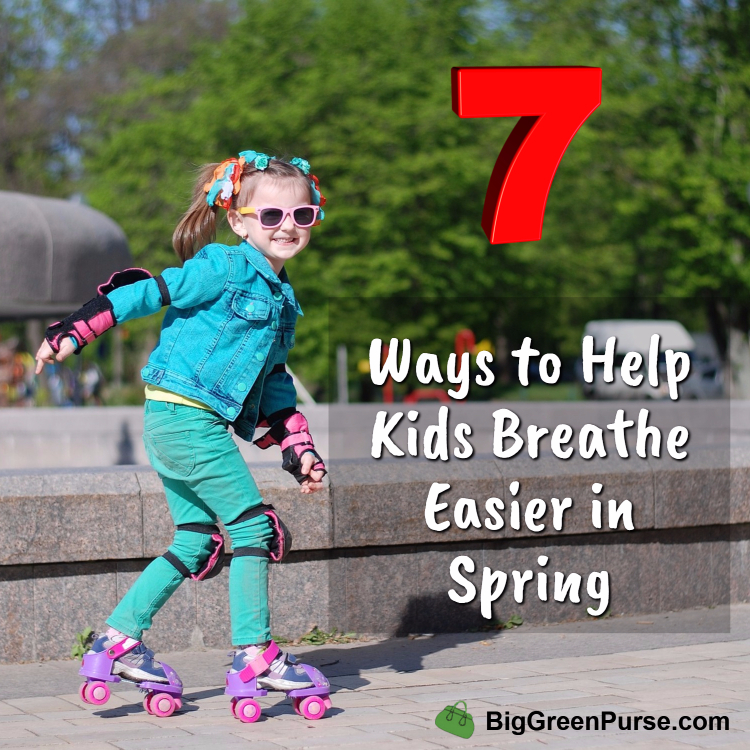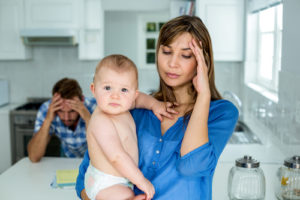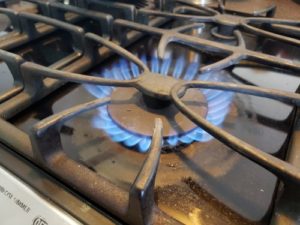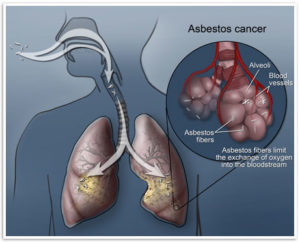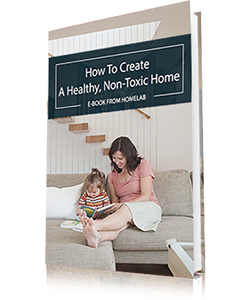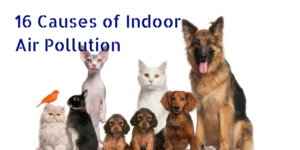
Why Is Pollen So Hard on Kids?
Spring can be tough on little lungs, especially if they belong to kids who suffer from asthma and allergies.
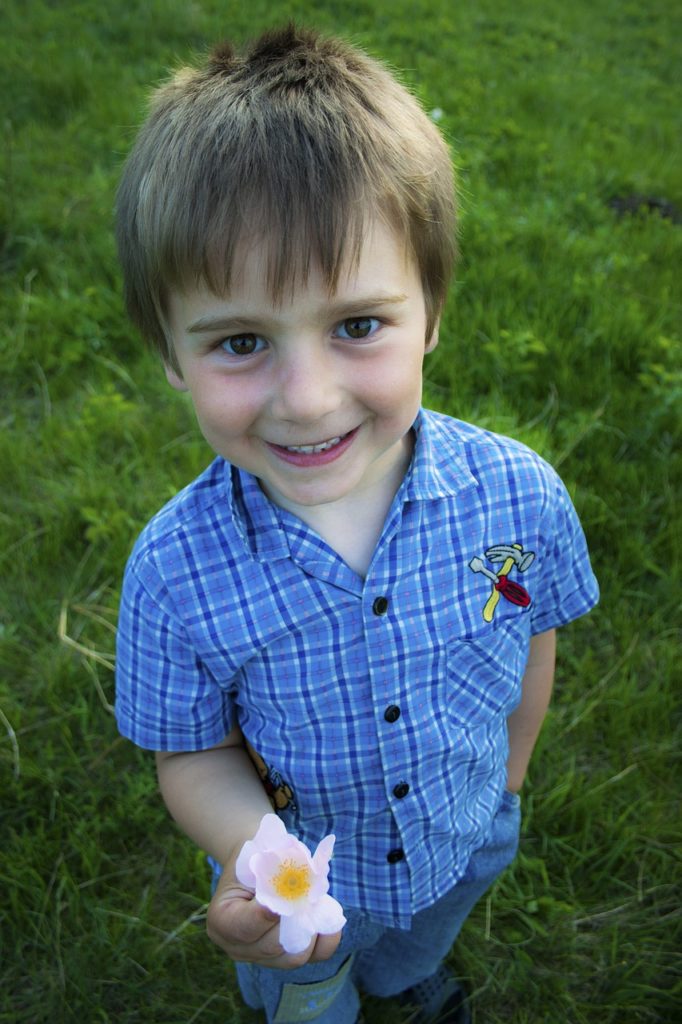
It starts in early Spring, when deciduous trees, like maple, oak, ash and sycamore, send forth great waves of pollen-filled dust.
As the season progresses into Summer, grass pollens get into the act. And by the end of the summer going on Fall, there’ll be goldenrod and other flowering plants to contend with.
Here’s the problem: one pollen spore is typically smaller in diameter than a human hair – which is why spores are so easy to inhale.
Billions and billions of spores are released every year, making them impossible to avoid. When they get in our kids’ noses, lungs and respiratory tract, they wreak havoc.
At a minimum, they’ll send kids into what’s called the “allergic salute” – rubbing their noses upward to soothe an itch and then maybe rubbing their eyes.
In the worst cases, pollen can cause kids to suffer an asthmatic attack, which may lead to wheezing, difficulty breathing, and tightening of the chest.
None of these reactions is any fun, and in the direst scenarios, they can be life-threatening, especially when it comes to asthma.
7 ways to help kids breathe easier when they want to play outside in the Spring
1. Pay attention to pollen counts. Listen to local weather forecasts, or check out Pollen.com, a handy website where you can plug in your zip codes and get a report on the day’s pollen count and the top allergens in the air, and sign up for a mobile app that will send Allergy Alerts to your phone. The American Academy of Allergy Asthma & Immunology National Allergy Bureau also provides pollen counts for many cities in the U.S.
2.Limit time outdoors when pollen counts are too high for your child. This is a hard recommendation to take to heart since we all want our kids to be away from computer screens as much as possible and active. But if your child has asthma, or you notice your kid wheezing or blowing her nose a lot, she probably needs to spend a little less time outdoors. Pollen counts are usually lower in the later afternoon than earlier in the day, so sending kids out before dinner may be one way for them to get outdoor exercise without it taking a big toll on their lungs. Putting a little surgical mask over the nose and mouth may help, too. Maybe kids can invent games to play that involve them wearing masks. They could draw mustaches on them, or whiskers!
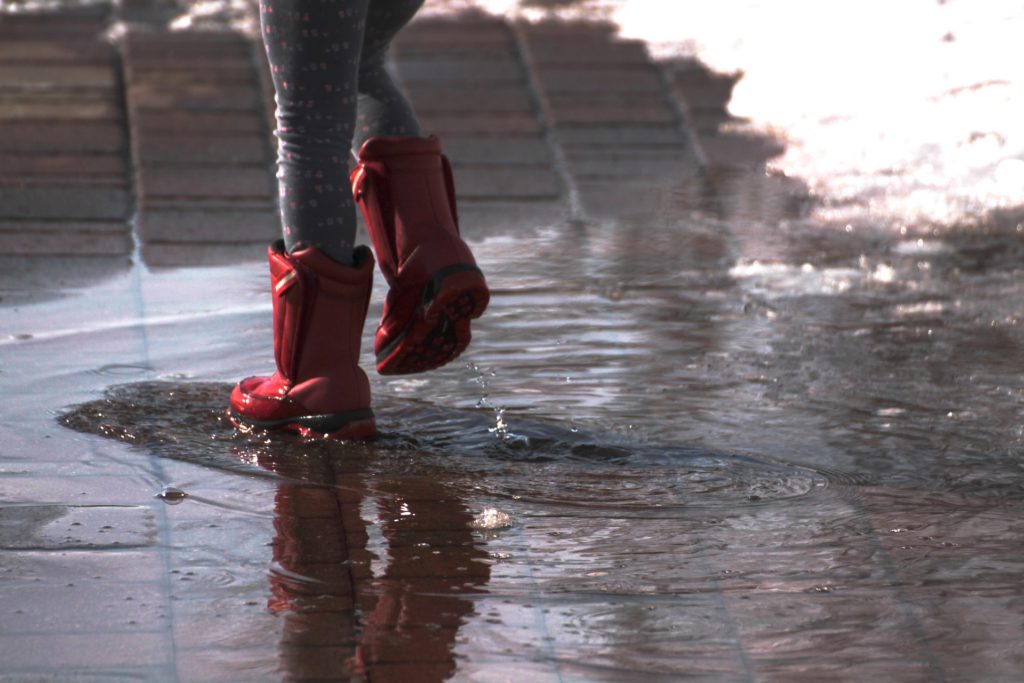
4. Keep car windows up and don’t circulate outdoor air into the vehicle. There’s no need to send pollen-laden air into a trapped space at high speed.
5. Dust with a damp cloth and vacuum. Even if you keep the windows in your home closed in the Spring, pollen will have a way of intruding. Dust with a damp cloth so you pick up the pollen rather than just send it swirling around, and vacuum to contain as much pollen as possible.
6. Laundry hung outside should be shaken off before being brought into the house. Pollen lands on everything outside!
7. Consult your family doctor or pediatrician. Depending on the severity of your child’s reaction, your doctor may prescribe antihistamines, an inhaler, or other medications. Your doctor may also conduct allergy testing to find out exactly what kind of pollen your child is most allergic to.
Are your kids allergic to pollen? We’d love to know how you help them deal with their allergies once Spring comes around.
Note: I originally wrote this article for MomsCleanAirForce.org. They’re a terrific group of more than one million moms working to protect us and the planet. Please check them out!


